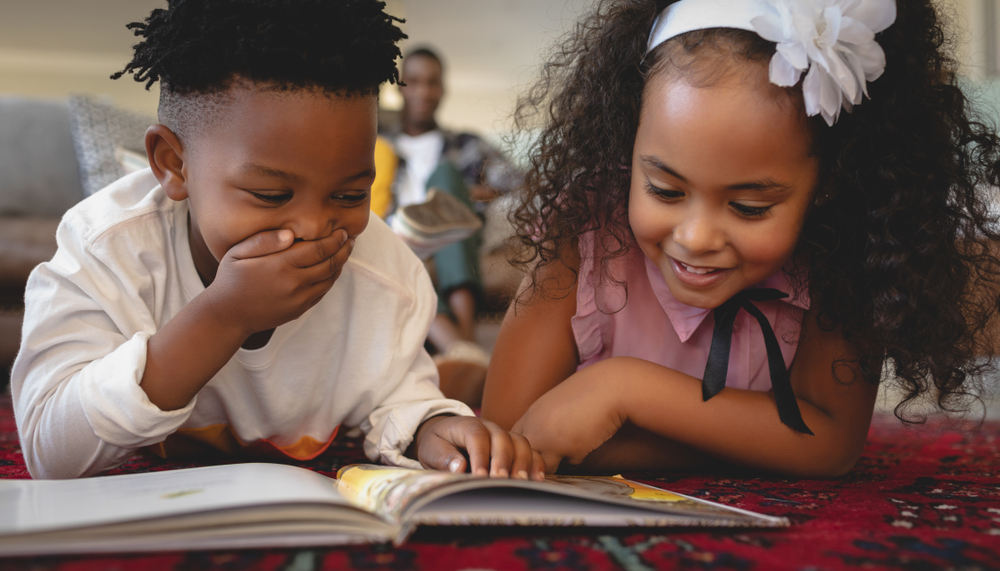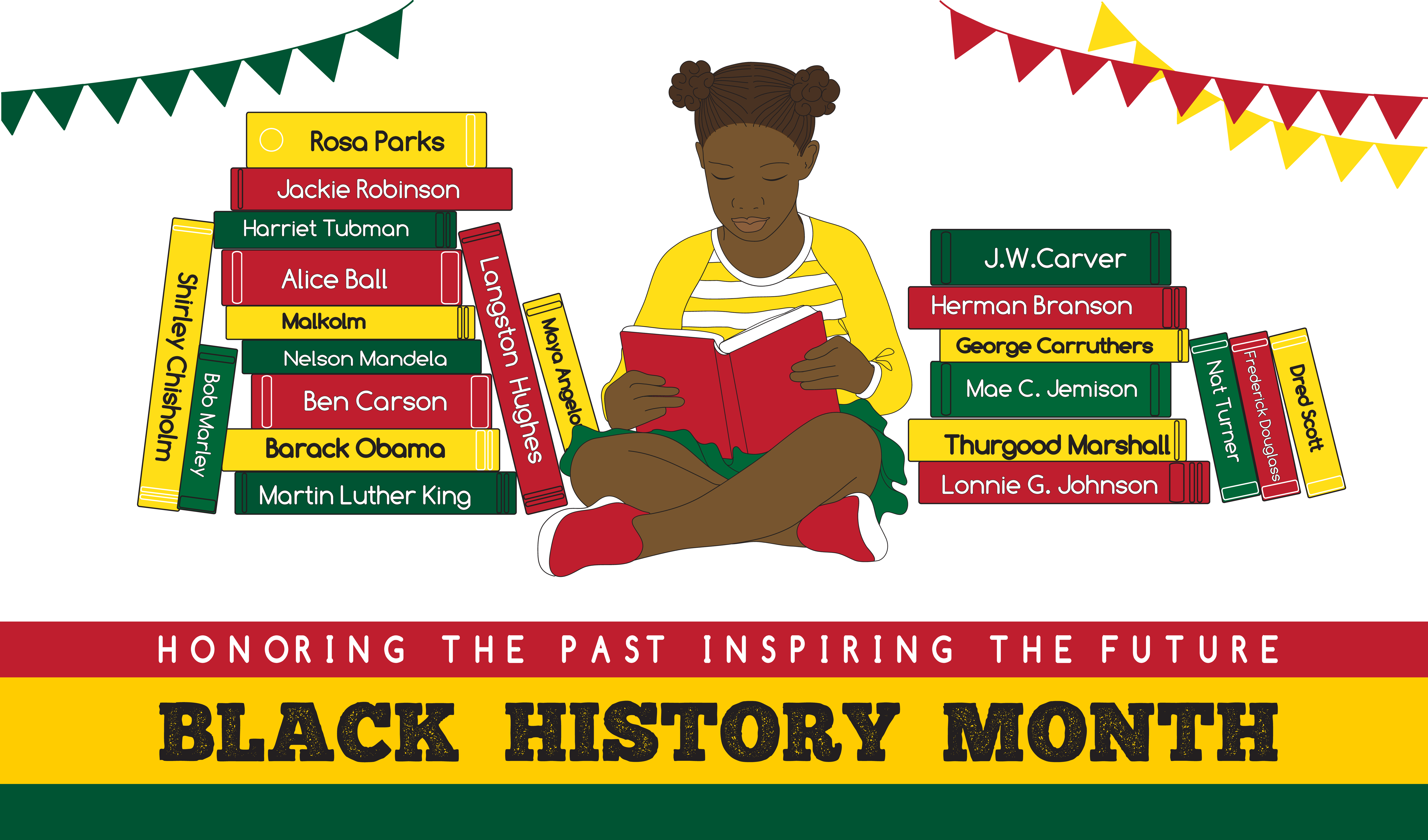Narrative understanding Worksheets for Kids
1 filtered results
-
From - To


Point of View Printable
Question/Answer
What are some effective activities to train students’ Narrative understanding skill when teaching them about Reading Fiction?
To train students in narrative understanding when teaching reading fiction, utilize activities such as story mapping (identifying plot, setting, characters), sequencing events, role-playing to explore characters' perspectives, group discussions on themes and motifs, and creative writing prompts that encourage students to construct their own stories or alternate endings. These activities enhance comprehension and analytical skills in narrative contexts.
How does the mastery of the Narrative understanding skill affect a student's performance at an early age?
The mastery of narrative understanding at an early age significantly enhances a student's performance by improving their reading comprehension, writing skills, and oral communication. It fosters creativity, critical thinking, and empathy by enabling children to understand different perspectives.
What does the Narrative understanding skill mean when it comes to Grade 2 Reading Fiction learning?
Narrative understanding in Grade 2 Reading Fiction involves a student's ability to comprehend and interpret story elements such as characters, setting, plot, and events. It means recognizing the sequence of events, understanding the motivations and reactions of characters, and identifying the problem and resolution within a story. This skill is crucial for developing deeper reading comprehension and appreciation of literature.
 Assign to My Students
Assign to My Students





















